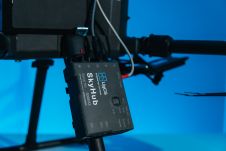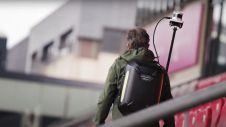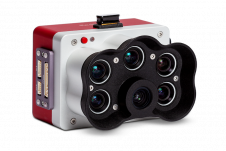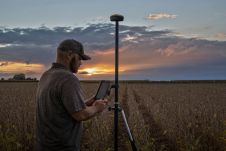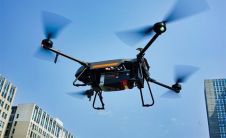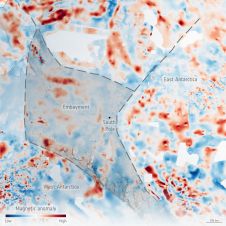新颖的激光雷达技术for Autonomous Vehicles from Luminar
This article was originally published inGeomatics World.
For the past five years Luminar Technologies has been developing a lidar sensor from the chip level up, including lasers, receivers, scanners, and processing electronics. The result is a custom lidar sensor that achieves the necessary range and resolution to drive autonomous vehicles safely and at full speed, meeting the needs of every major autonomous vehicle (AV) program.
The difference between Luminar and other similar solutions is its draw distance. Operating at an eye-safe 1500 nm wavelength, and with a spatial resolution of 200 pixels per square, the sensor claims the ability to see 50 times greater resolution and 10 times longer range than current systems. According to Luminar, autonomous vehicles should detect objects up to 200 metres away to drive safely and be aware of what is in front of them.
However, a majority of current market solutions only see up to 35 metres, which limits the car’s capabilities. For instance, that provides only one second of reaction time for a vehicle travelling at 75mph, while Luminar’s technology provides seven seconds.
Jason Eichenholz, Luminar Technologies Co-Founder and CTO, said that their sensor can also detect light cars, dark cars, and bicyclists easily, and even gather data about what that object is, including its colour and its exact location in relation to the vehicle.
In response to how much this technology will cost, Luminar said: “Price is important so lidar can scale, as autonomous vehicles become more readily available, but everyone to date has been focused on a race to the bottom in terms of cost. As the price of those systems has come down, so has quality. This is simply the wrong race.” Although the company hasn’t set any price target, its focus right now is on building the first lidar system that can meet the safety requirements of the auto industry’s needs, and not on a low-cost product.
今年晚些时候,Luminar技术将开始production of 10,000 units and hopes to scale these systems to ensure safe autonomy everywhere.
Make your inbox more interesting.Add some geo.
Keep abreast of news, developments and technological advancement in the geomatics industry.
Sign up for free



